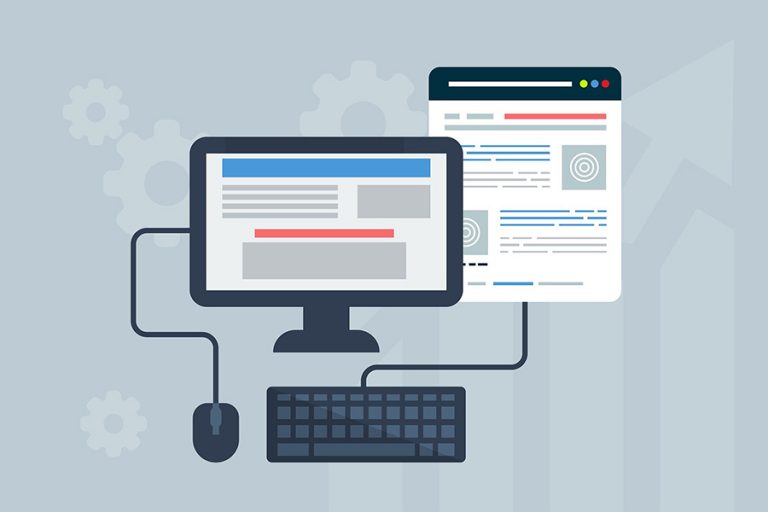Overview
|
Each of your students may have a different degree of disability, and different needs. When working with deaf students, use video materials with subtitles and/or sign language. Use audio materials when working with visually impaired or blind students. Try to create materials in Braille as well. When working with dyslexic students, use materials with large text and a friendly format When working with an autistic child, keep in touch with his parents, they can help identify the learners’ needs. When working with children with other cognitive limitations, adapt the information to their processing capabilities. Familiarize yourself with the principles of Universal Design for Learning (UDL; https://teaching.cornell.edu/teaching-resources/designing-your-course/universal-design-learning), apply them in your lessons. |
Includes
- Materials:
- The materials are presented by means of popular, accessible and individually selected presenta-tion templates (e.g. “Canva” History templates) that can be displayed on various digital devices. The presentations include texts, pictures, video films and exercises in the form of creative education slides. The images and texts should appear with animations, videos and music/subtitles for a truly engaging presentation. The presentation should give the students a chance to interact and/or be made into a kind of interactive website with pdf/printable materials as handouts.

 Pre – Lesson Activities
Pre – Lesson Activities 

 Lessons :
Lessons :  Duration :
Duration :  Level :
Level :  Maximum Students :
Maximum Students :